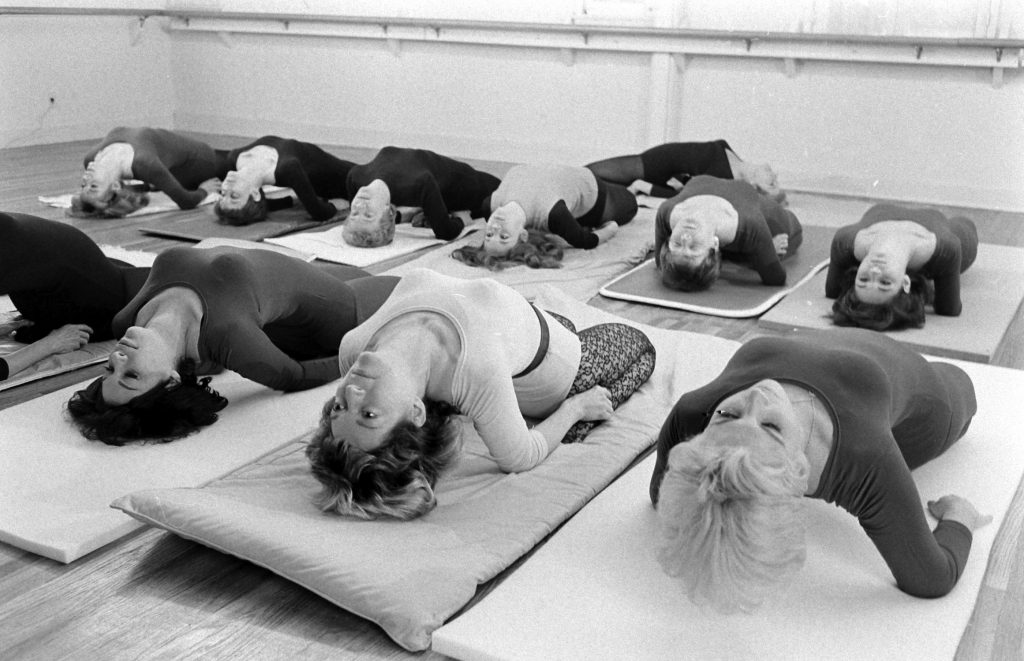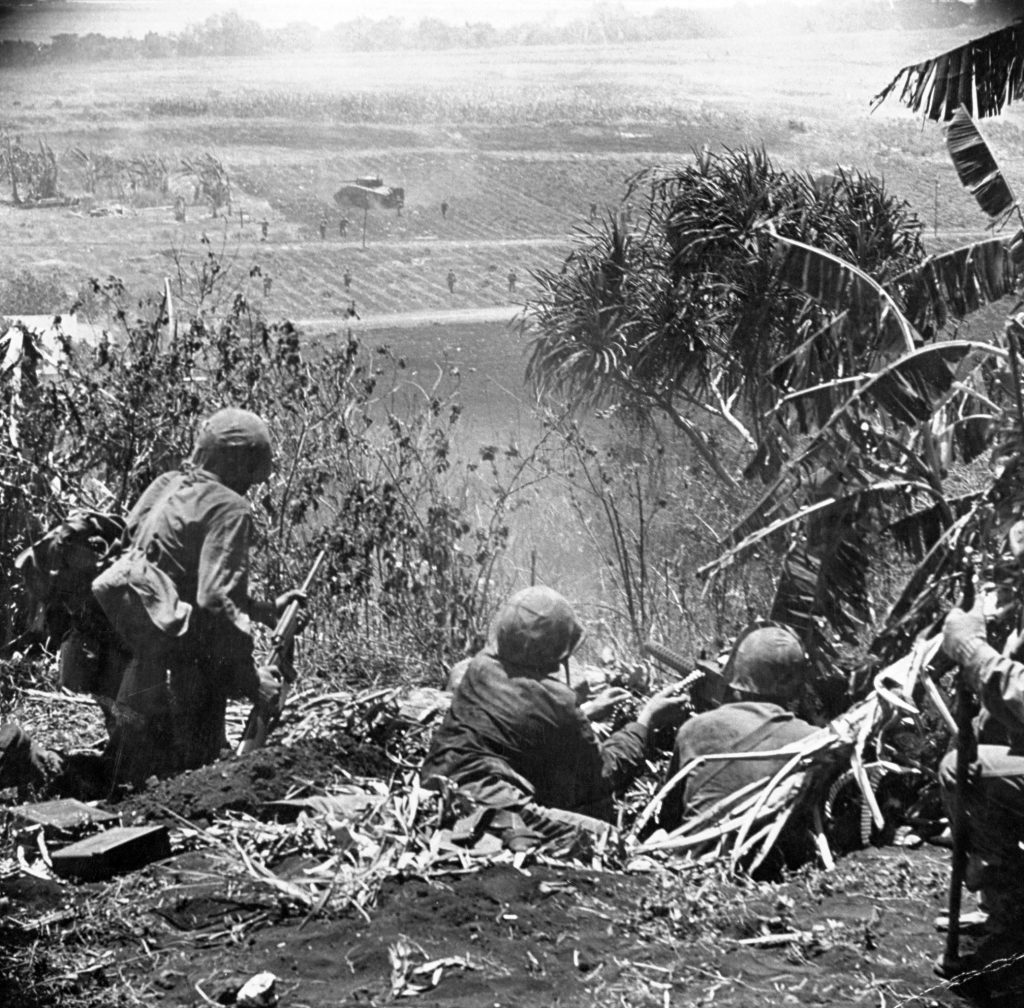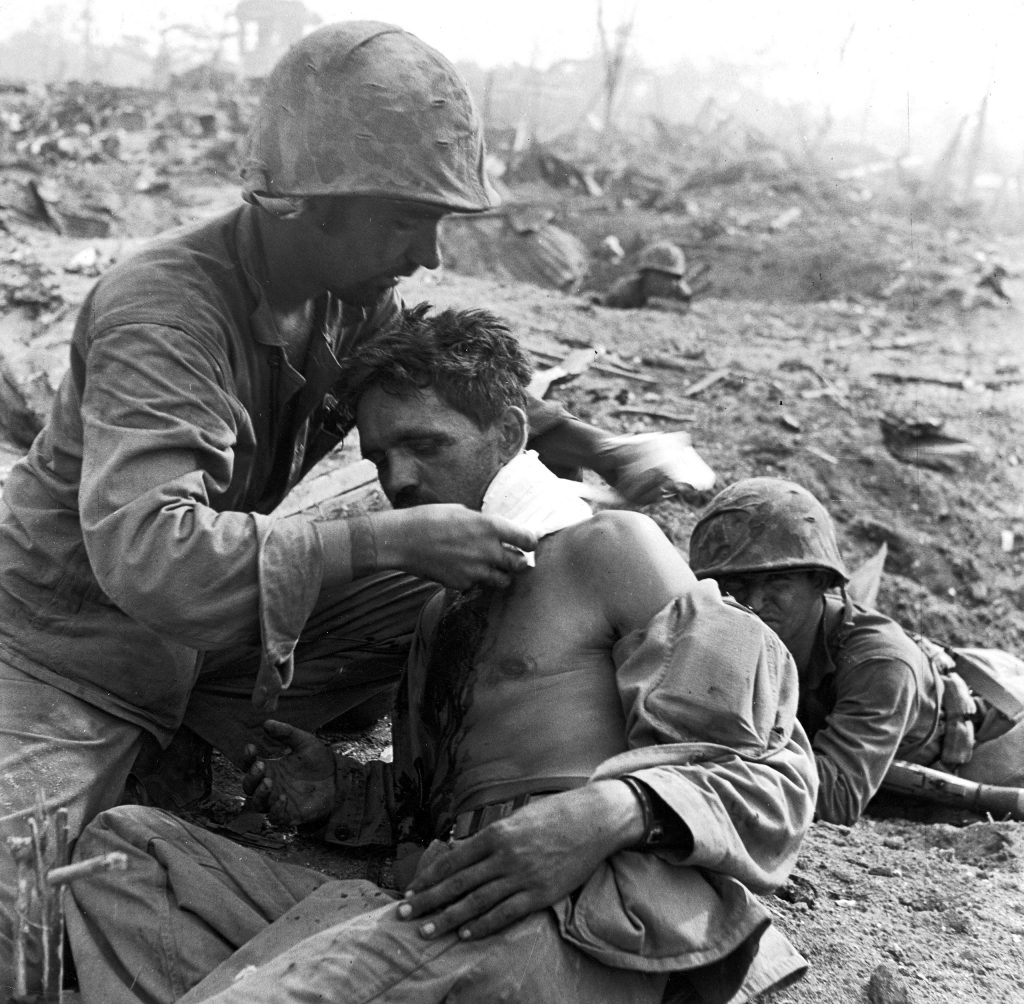A comprehensive survey by Yoga Journal and Yoga Alliance found that more than 36 million Americans practice yoga, with those people spending a combined $16 billion a year on accessories, classes and other yoga expenses. In addition, 80 million people who had never done yoga said they thought chances were good that they’d give it a shot.
That means things have changed considerably since the early 20th century, when the practice first began to move into the American spiritual and athletic mainstream. But, from LIFE Magazine’s very first years in the 1930s, the publication and its photographers were chronicling that growth.
In 1937, the magazine followed the news that a Yale scholar from India had examined the science behind yoga, which was explained to readers as a mystic Hindu practice that let the expert, through muscular control, detach from mind and body to allow the “higher world-soul” to join with him. “Whatever the religious result of yogic exercises may be,” the magazine reported, “they undoubtedly have therapeutic value, help general bodily health.” A few years later, in the article from which the first slide above is drawn, the magazine profiled the “lithe young devotees of an ancient and honorable religion” whom photographer Wallace Kirkland had met on a trip to India. In the decades that followed, with the help of celebrities such as violinist Yehudi Menuhin and participants in the truth-seeking of the 1960s and ’70s, the magazine stopped having to explain what yoga meant to readers.
As for the reason behind the practice’s popularity, perhaps it came down to the explanation offered by Tom Law, the “yoga guerrilla” profiled by LIFE in 1970: “Yoga gets me reconnected,” he said. “As soon as I get into the position it begins to happen for me. The center of the earth becomes located in my stomach, my head is in the stars, and yet I am here too. Yoga really works, which is why I think it will be popular.”

Boy twisting himself into a yoga position, 1940.
Wallace Kirkland The LIFE Images Collection/Shutterstock

Boy twisting himself into a yoga position, 1940.
Wallace Kirkland The LIFE Images Collection/Shutterstock

Folk singer John Jacob Niles performing elbow-standing exercise, adapted from yoga, to relax. 1943.
Alfred Eisenstaedt The LIFE Picture Collection/Shutterstock

Hindu man practicing yoga, 1949.
Eliot Elisofon The LIFE Picture Collection/Shutterstock

Hindu man practicing yoga, 1949.
Eliot Elisofon The LIFE Picture Collection/Shutterstock

Ballet dancer and actress Ricki Soma arching backward as her father Tony Soma and other family members take various Yoga positions, 1947.
Lisa Larsen The LIFE Images Collection/Shutterstock

Sir Paul Duke on the BBC TV show, “Laughter and Life” showing yoga exercises, 1949.
William Sumits The LIFE Picture Collection/Shutterstock

Violinist Yehudi Menuhin observing Yogi Vithaldas, 1953.
Wallace Kirkland The LIFE Picture Collection/Shutterstock

A Hindu swami performing yoga on a Ganges riverbank, 1953.
James Burke The LIFE Picture Collection/Shutterstock

Teenagers practicing yoga, 1953.
Nina Leen The LIFE Picture Collection/Shutterstock

Douglas Madsen, sometime sculptor, clothes and jewelry designer, teaching yoga to neighbors in Big Sur, 1959.
J. R. Eyerman The LIFE Picture Collection/Shutterstock

Practicing yoga in Central Park, 1961.
Leonard McCombe The LIFE Picture Collection/Shutterstock

American women at Rancho La Puerta learning yoga exercises, 1962.
Allan Grant The LIFE Picture Collection/Shutterstock

Entertainer Mitzi Gaynor performing yoga, 1962.
Allan Grant The LIFE Picture Collection/Shutterstock

Women practicing yoga at the Every Woman’s Village, 1966.
Ralph Crane The LIFE Picture Collection/Shutterstock

Tom Law, during his yoga meditations in desert, 1969.
Michael Mauney The LIFE Images Collection/Shutterstock

Yoga psychedelic trip, 1970.
Ralph Morse The LIFE Picture Collection/Shutterstock

Yoga psychedelic trip, 1970.
Ralph Morse The LIFE Picture Collection/Shutterstock

1265626.jpg
Actress Eva Longoria in a yoga pose on the January 21, 2005 cover of LIFE Magazine. (Photo by Andrew Southam/LIFE Picture Collection)


























































































